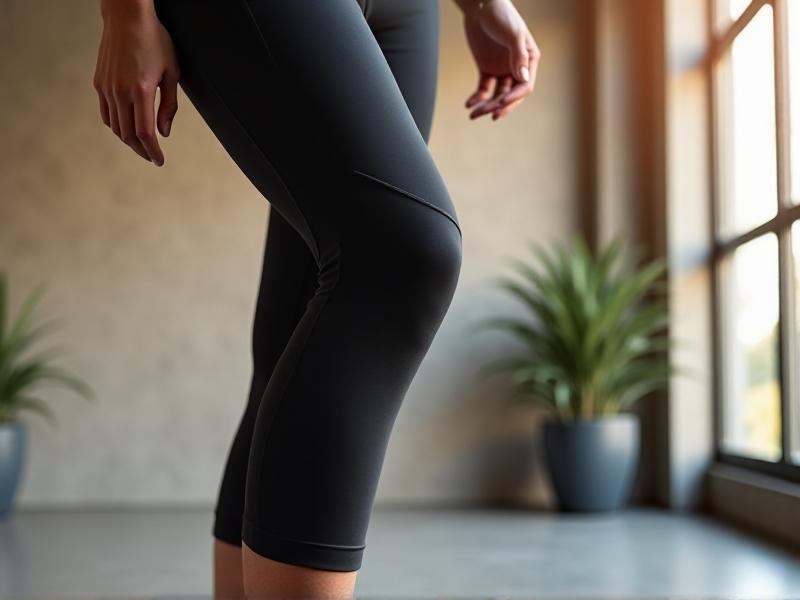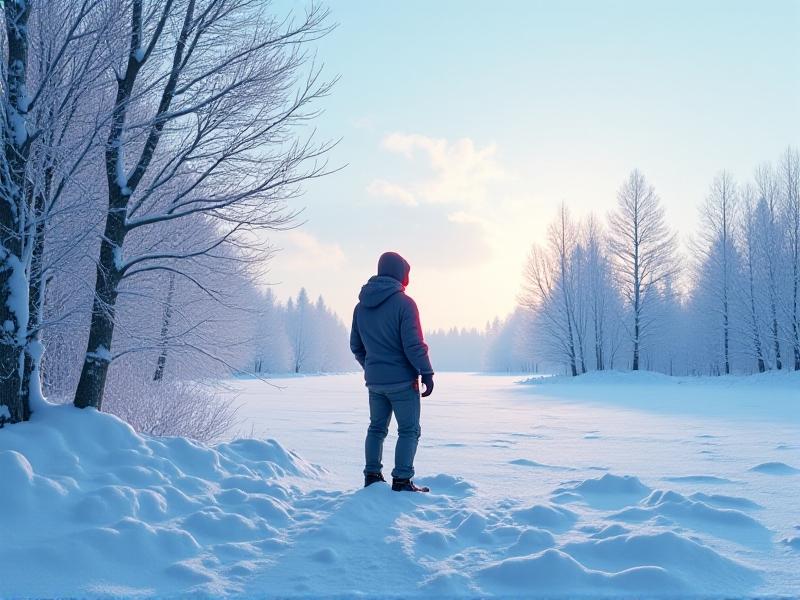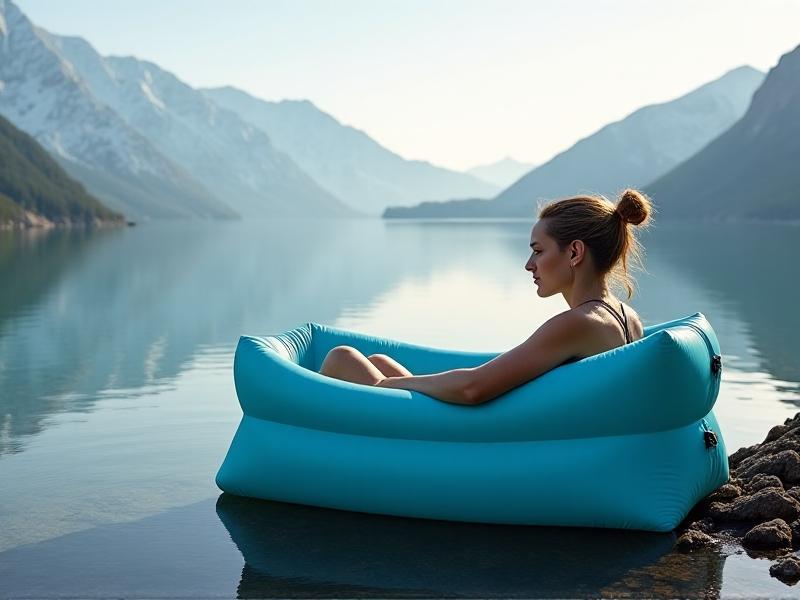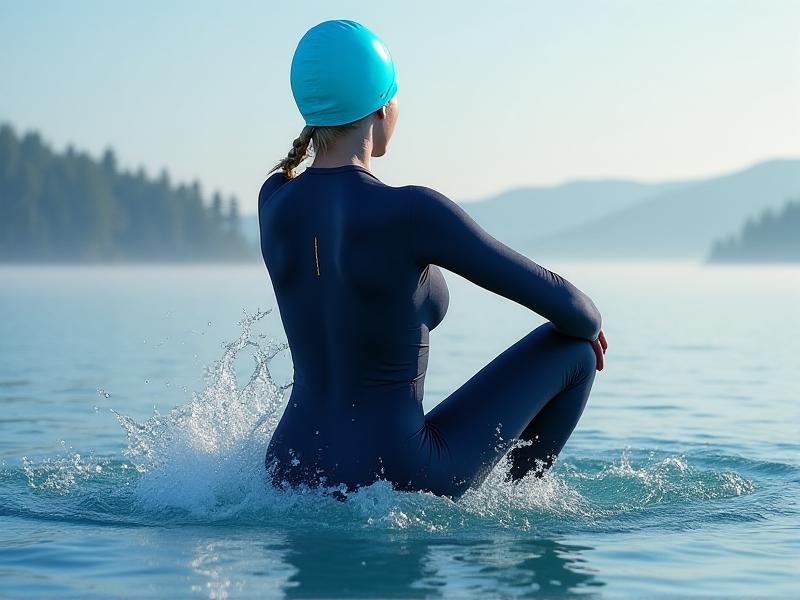Afterdrop Prevention & Recovery Strategies
Understanding Afterdrop: Why Your Body Cools After Cold Exposure
Afterdrop is a phenomenon where the body's core temperature continues to decrease even after you've moved to a warmer environment, often following cold-water immersion or winter sports. This occurs because chilled blood from the extremities circulates back to the core, creating a delayed cooling effect. Athletes, outdoor enthusiasts, and survivalists are particularly vulnerable, as shivering and confusion can escalate if not managed. Understanding the science behind afterdrop—such as vasoconstriction, heat redistribution, and metabolic responses—is critical for developing effective prevention and recovery strategies.
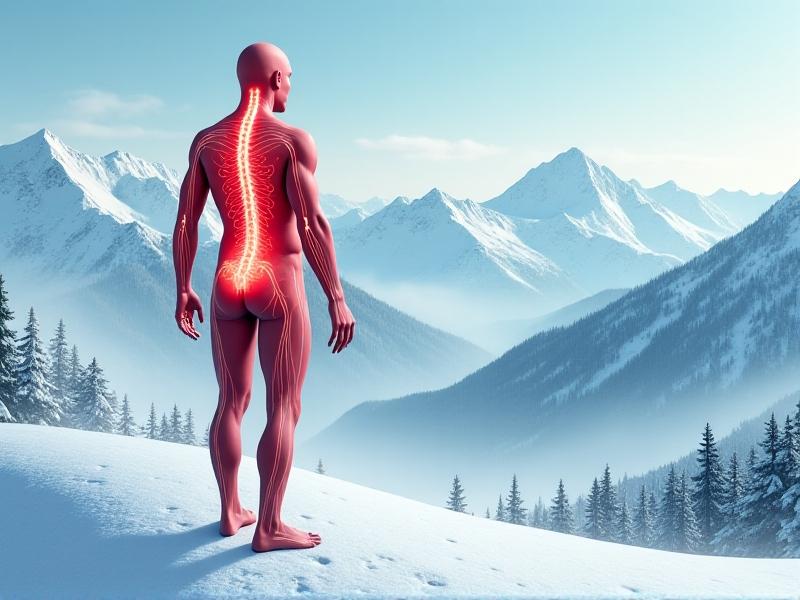
Prevention Strategies: Minimizing Risk Before and During Cold Exposure
Preventing afterdrop starts with preparation. Layered clothing made of moisture-wicking fabrics helps retain heat while allowing sweat to escape. Avoiding prolonged immersion in cold water and limiting time in extreme temperatures can reduce heat loss. Gradual acclimatization to cold environments over weeks improves the body's adaptive responses. Additionally, staying hydrated and well-fueled ensures optimal metabolic function. Tools like heated insoles or portable hand warmers add extra protection, while monitoring weather conditions and knowing personal limits prevents overexertion.
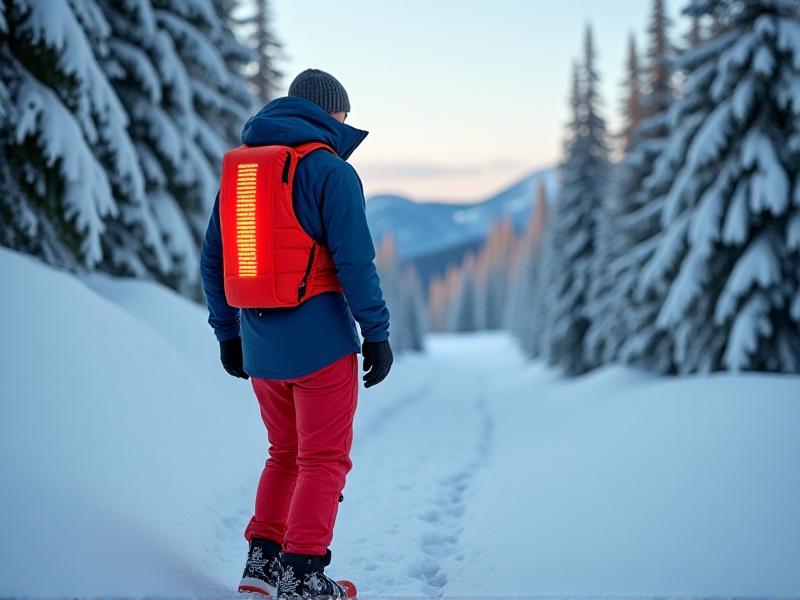
Effective Rewarming Techniques: Post-Exposure Recovery Steps
After exiting the cold, prioritize slow, controlled rewarming. Avoid sudden heat sources like hot baths, which can trigger dangerous blood pressure drops. Instead, use dry blankets, warm (not hot) beverages, and indirect heat like a heated room. Focus on warming the core first—placing heat packs on the chest, neck, and groin helps stabilize circulation. Gentle movement stimulates blood flow without exhausting energy reserves. For severe cases, medical interventions like warmed intravenous fluids may be necessary. Patience is key; rapid temperature shifts exacerbate afterdrop symptoms.

Hydration and Nutrition: Fueling Recovery from Within
Dehydration impairs the body’s ability to regulate temperature, making electrolyte-rich fluids essential post-exposure. Warm broths or herbal teas replenish fluids while providing comforting heat. Carbohydrates and proteins help restore energy and repair tissues—think oatmeal, nuts, or lean meats. Avoid alcohol and caffeine, which dehydrate and worsen vasoconstriction. Supplements like magnesium may ease muscle cramps caused by shivering. Personalized nutrition plans, tailored to activity intensity and duration, optimize recovery and prepare the body for future cold challenges.

Recognizing and Addressing Delayed Symptoms
Afterdrop isn’t always immediate; symptoms like fatigue, dizziness, or brain fog can emerge hours later. Regular temperature checks using a reliable thermometer help monitor core heat. Watch for signs of hypothermia, such as slurred speech or weak pulse, and seek emergency care if needed. Mental health matters too—prolonged cold stress can heighten anxiety. Practices like mindfulness or light yoga mitigate stress responses. Educating companions on symptom recognition ensures timely intervention, turning potential crises into manageable setbacks.
Long-Term Recovery: Building Resilience to Future Episodes
Repeated cold exposure, when done safely, can enhance physiological resilience. Techniques like contrast showers (alternating hot and cold water) improve circulation and stress adaptation. Strength training boosts metabolic efficiency, while cardiovascular exercise enhances blood flow. Regular health check-ups identify underlying issues like anemia or thyroid dysfunction that exacerbate cold sensitivity. Community support, such as joining winter sports groups or survival training workshops, fosters both skills and confidence, transforming afterdrop from a risk into a manageable aspect of cold-weather pursuits.
Case Studies: Lessons from Real-World Scenarios
Analyzing real incidents provides actionable insights. For example, a mountaineer who suffered severe afterdrop highlights the importance of gradual rewarming—rushing to a sauna worsened his condition. Conversely, a swimmer who pre-acclimatized to cold water avoided afterdrop entirely through controlled immersion. These stories underscore the value of education and preparation. Interviews with experts, like wilderness medics or sports physiologists, reinforce evidence-based strategies, bridging theory and practice for readers.
Essential Gear for Afterdrop Prevention and Recovery
Investing in quality gear is non-negotiable. Look for insulated, waterproof outer layers and moisture-wicking base materials. Portable heat packs, thermal emergency blankets, and vacuum-insulated flasks for warm drinks are lifesavers. Wearable tech, like core temperature sensors, provides real-time data during activities. Post-exposure, heated massage tools alleviate muscle stiffness. Curate a cold-weather kit tailored to your activities—whether backcountry skiing or winter surfing—and review it seasonally to account for wear or advancements in materials.
